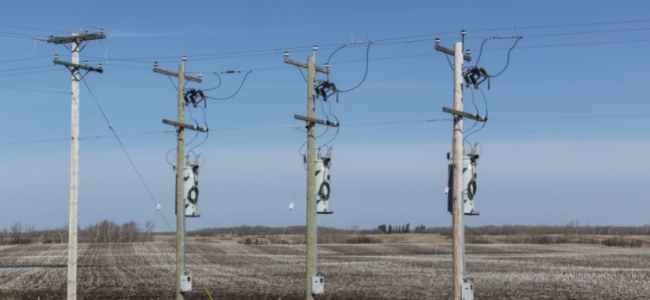Electricity has been one of the many common commodities that people enjoy in their day-to-day lives. It’s been such a standard part of our lives that sometimes it can be taken for granted. Much like the air you breathe and the water you drink, people tend to forget how a big chunk of their lives depend on electricity. Since many people have electricity on a daily basis, it’s hard to imagine life without it.
However, electricity isn’t an infinite resource. Unfortunately, to be able to generate electricity, raw materials are needed. These raw materials, mainly fossil fuels, are finite. This means that should they run out, it would become harder to generate electricity. In light of this, there have already been efforts to find renewable forms of energy.
Fortunately, finding and harnessing renewable forms of energy has gotten more successful and become refined over the years. Nowadays, electricity can also be generated using renewable sources such as the sun and water. In the United Kingdom alone, about 30 to 40% of the region’s renewable energy comes from water.
Electricity generated via water is also known as hydroelectric electricity and has become instrumental in helping with the UK’s energy crisis. However, despite its usefulness, much still needs to be done in dealing with the energy crisis. But, just what is hydroelectric power, and how can it help with the crisis?
Does Hydroelectric Power Hold Water?
While the name may already be a giveaway, understanding how hydroelectric power works may still be a mystery to many people. How exactly does the water end up being able to produce electricity? What’s the process that goes into it?
To understand this, you’ll first have to revisit a few concepts from your science class when you were in school. Specifically, you’ll need to remember what potential and kinetic energy are.
When you talk about potential energy, you talk about the possible energy contained within a particular object. Typically, this object is at rest. So in a way, you talk about the potential that an object has to produce energy. Kinetic energy, on the other hand, is potential energy that is converted into movement. The thing is in motion, and this movement is what produces energy.
This is basically the concept behind hydroelectric power. As water flows, be it to the top of a dam or downhill, it gains potential energy. This energy is then turned into kinetic energy as it flows down. In order to harness this kinetic energy, the water runs through the turbines of a hydroelectric power plant. The turning of the turbines then helps generate electricity, which is then harnessed and then utilized. Of course, several more concepts and principles help explain the intricacies of this process. But, for the sake of simplicity, this is how it basically works.
What This Means For The Energy Crisis
Currently, the United Kingdom is facing an energy crisis. A significant part of this crisis is due to an increased demand for gas worldwide. As a result, several gas-based suppliers of electricity are struggling to meet the demand. Those that don’t meet the demand end up closing down.
Unfortunately, with the rising electricity rates and the closing down of energy suppliers, electricity is becoming a more expensive commodity. With the crisis currently going on, renewable sources of electricity are becoming a more viable option to help the United Kingdom through this ordeal.
Among the many renewable energy sources, hydroelectric power is becoming one of the more feasible alternatives to supplying the region with electricity. Since it’s a piece of technology that’s not only been tried and tested but also improved since its conception, it only makes sense that hydroelectric power should be used. What’s more, the energy it produces can be used for a vast array of applications.
Fortunately, despite the crisis, people won’t have to worry about losing electricity. Despite all the suppliers shutting down, companies throughout the UK are ensuring that consumers are provided with another electricity supplier. What’s more, the rates you pay will be fixed. This means that, even if you have a new supplier, you’ll still be paying what you did with your old supplier.
The times are a-changin’, and for many different reasons. In terms of electricity, people worldwide are starting to see the value of renewable sources of energy. Since the earlier ways of generating electricity depended on finite resources, people have realized that this way isn’t sustainable. Fortunately, research has been doing what they can to help find renewable forms of electricity. Hydroelectric power happens to be one of them.
With the current energy crisis in the UK, hydroelectric power has become instrumental in finding alternative sources of energy to meet the region’s demand. While it may have a long way to go, the technology has already been tried, tested, and improved. As long as people continue to look into this form of renewable energy, the UK’s future remains bright and well-lit.


